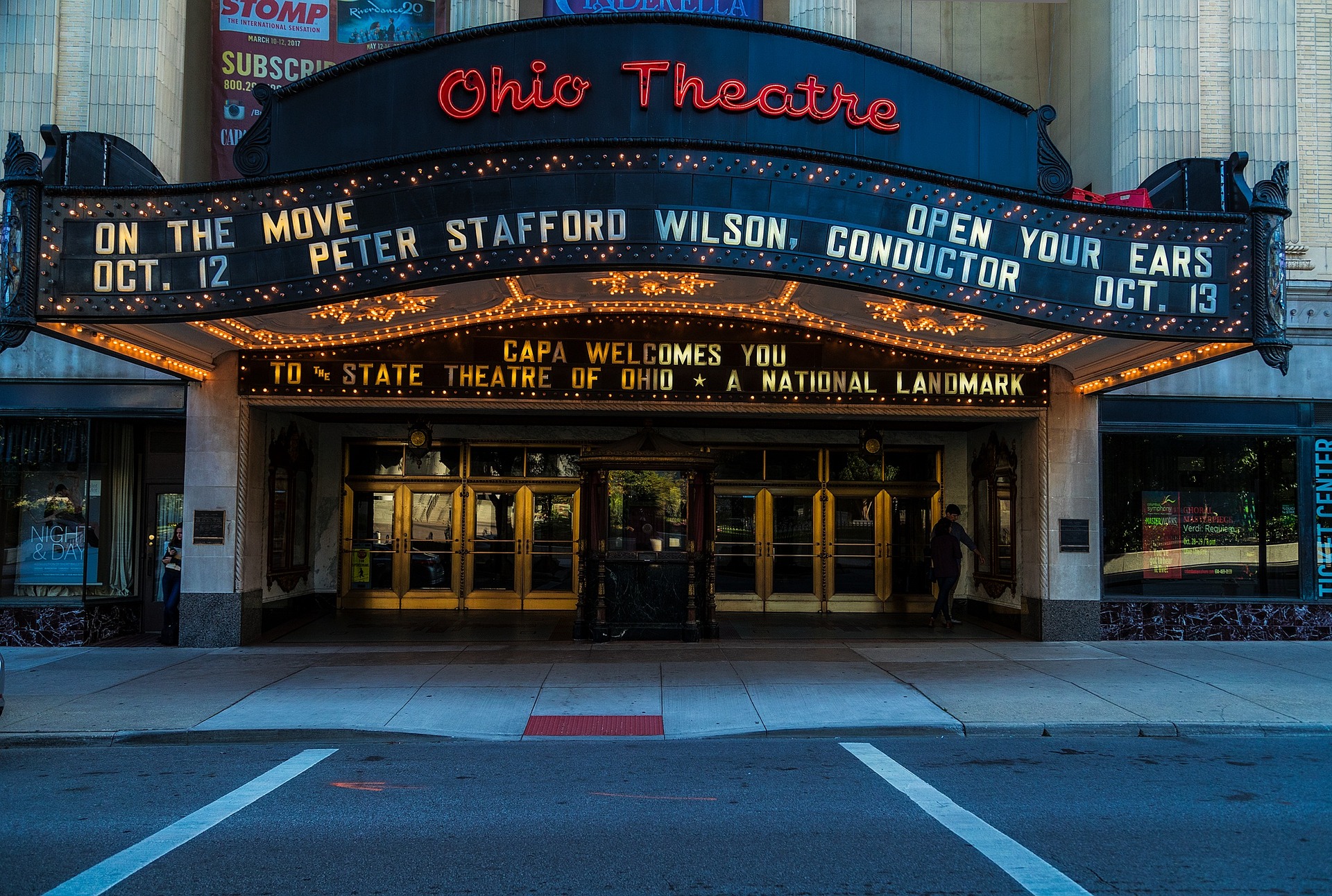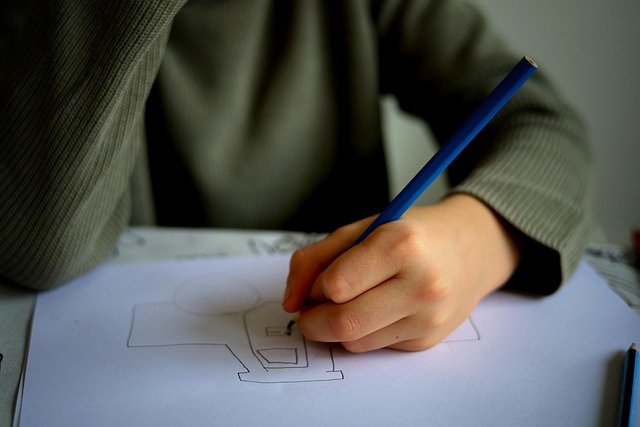Digitally Immersed: The Surge of Virtual Reality in Performance Art
Introduction: Step into the world of virtual reality (VR) in performance art. Uncover the origins, the current landscape, and the potential impacts of this groundbreaking artistic movement that is transforming the way we experience creativity. In the late 20th century, artists began experimenting with the then-nascent technology of virtual reality. Early pioneers like immersive artist Charlotte Davies used VR to craft unique, interactive art experiences, creating a paradigm shift in the arts. The technology allowed artists to break free from the physical constraints of traditional media, opening up endless possibilities for creative expression.

The Artistic Landscape of Today
Fast forward to today, and the use of virtual reality in performance art has exploded. Artists worldwide are leveraging the technology to create immersive digitally-rendered environments that redefine audience engagement. Notable instances include Marina Abramović’s ‘Rising,’ where viewers virtually interact with the artist in an environmental message, and Laurie Anderson’s ‘Chalkroom,’ which lets participants fly through an enormous structure made of words, drawings, and stories.
Impacts and Implications
The integration of VR in performance art has revolutionized viewer participation, transforming passive spectators into active participants. This immersive form of artistry provides a unique, personal experience for each viewer, as they can interact with the artwork in their own way. Furthermore, it has democratized art access, given its potential for remote viewing, thus bringing art experiences to those who might not have access to them otherwise.
Reception and Critique
While the infusion of VR into performance art is largely celebrated for its innovation, it has also met with some criticism. Purists argue that this digital immersion may detract from the human, emotional connection that is central to art. However, proponents counter this by highlighting the new dimensions of empathy and understanding that VR can unlock, given its ability to place viewers directly into the artist’s perspective.
Looking Ahead: The Future of VR in Performance Art
As VR technology continues to evolve, so too will its application in performance art. Artists will likely push the boundaries even further, creating hyper-immersive experiences that challenge our perceptions of reality and art. Despite any controversy, one thing is clear: virtual reality has forever altered the landscape of performance art, ushering in a new era of digital immersion that is here to stay.
This innovative blend of technology and artistry is not just a passing trend but a significant movement that reflects our increasingly digital age. The future will tell how this fusion will further evolve and what new experiences it will bring to the world of art and entertainment.




